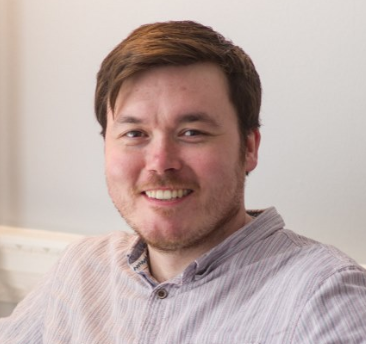Awarded the IOM3 Cook/Ablett award!
/So while I begin to setup my life here in Bristol, creating lecture courses, setting up research projects and catching up with old friends, I received some unexpected but pleasant news.
A paper I published a year or so ago has won an award from IOM3, the Institute of Materials, Minerals and Mining. The award is the 2017 Cook/Ablett award for publication of particular merit in the field of metals, which is a long but gratifying name!
The paper in question is one I wrote on the use of atom probe tomography to analyse the chemistry of interfaces between phases in metal alloys for aircraft. Atom probe tomography, the technique I specialised in at the University of Oxford, allows us to look at how the chemistry of a material changes on the atomic scale, and for applications like aircraft engines, even the slightest change in the amount of a particular element at the boundary of two phases can dramatically change how it responds under stress and at high temperatures.
A figure from the paper - the red surface is a Laves phase particle (mostly tungsten and molybdenum) in a maraging steel, and the green surfaces are smaller nickel-aluminium rich beta-phase particles. In this case, the Laves phase has grown bigger as the beta particles have precipitated, meaning that the interface between the Laves and matrix is complicated with different concentration profiles from the two positions marked by arrows.
It's always gratifying to get recognition for the work we do as scientists - and this is a paper where we really went in-depth on the nitty-gritty of analysing atom probe data, so the publicity it got will hopefully get people thinking about how they do their analysis. My thanks go to my co-authors, in particular Baptiste Gault (now at MPIE), who did a lot of the awesome simulation work.



